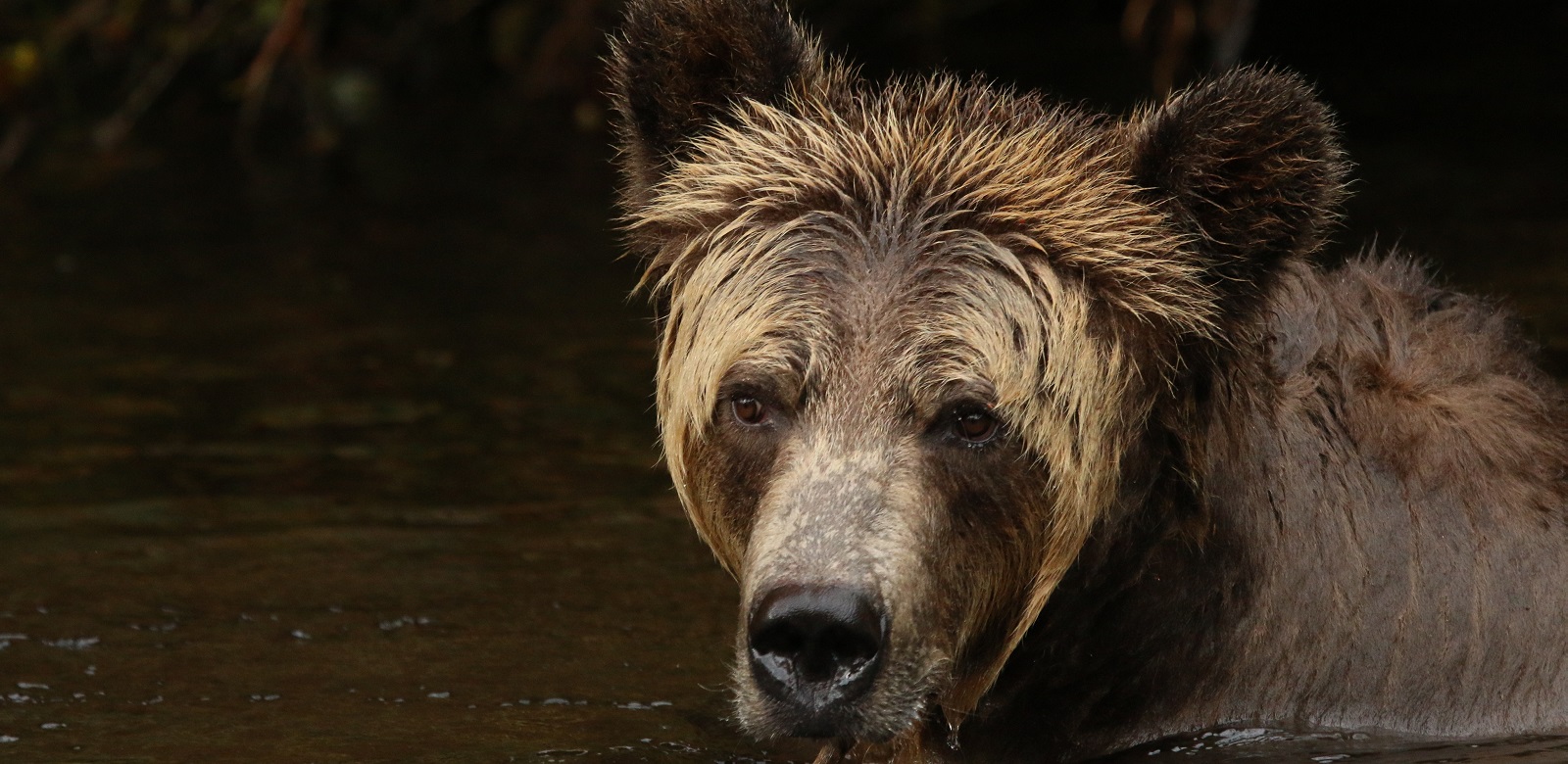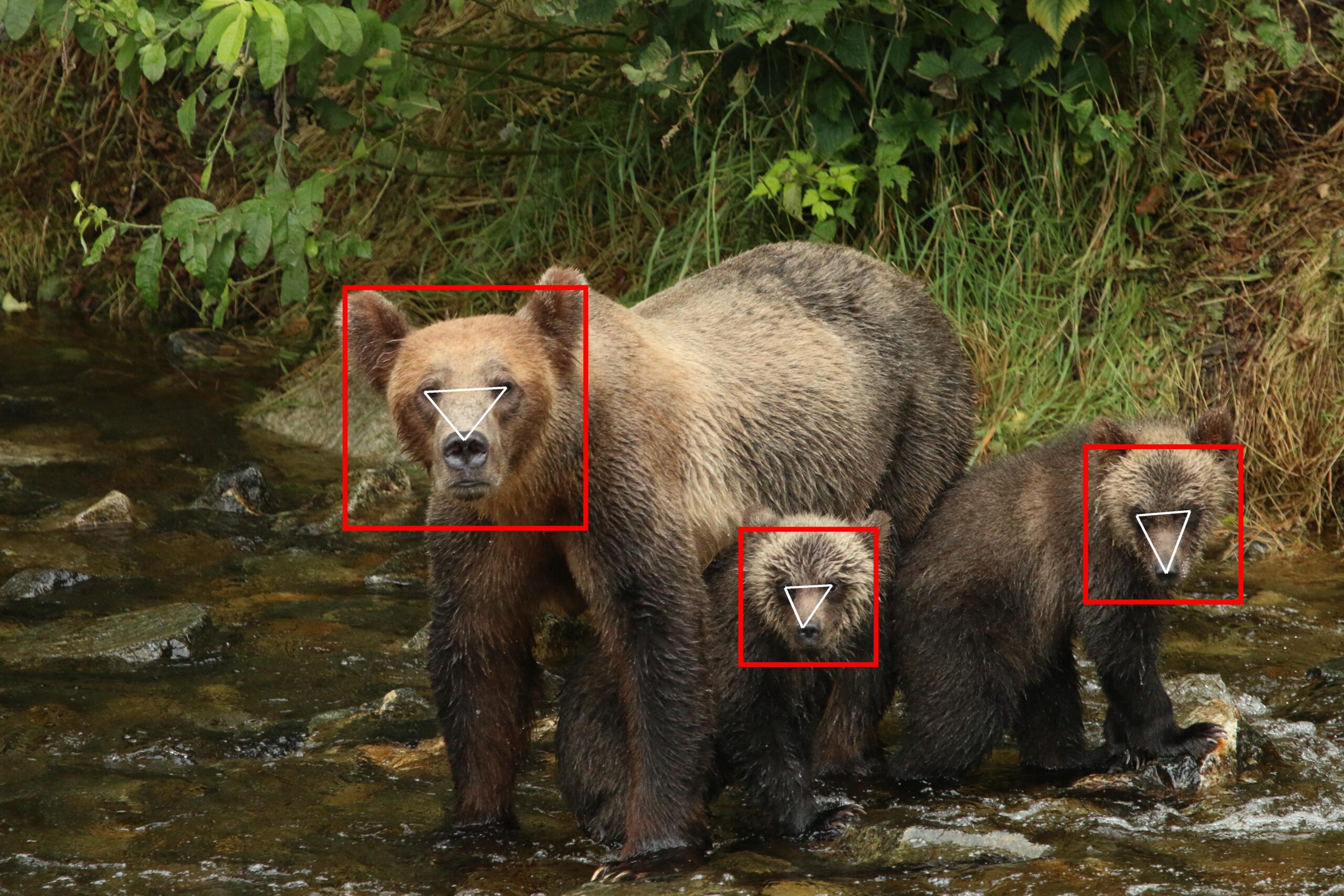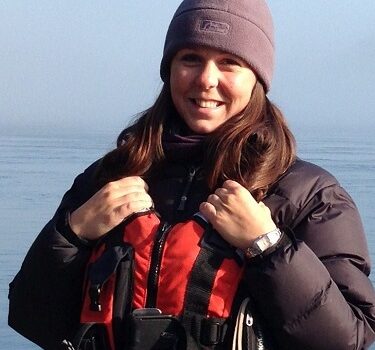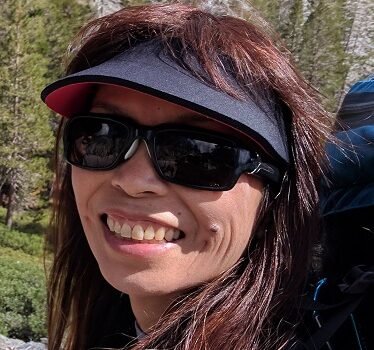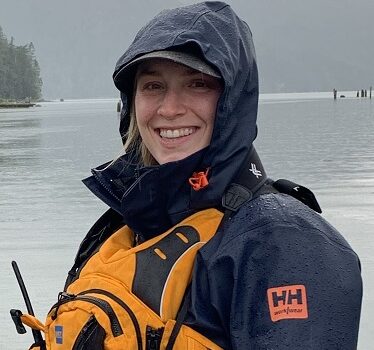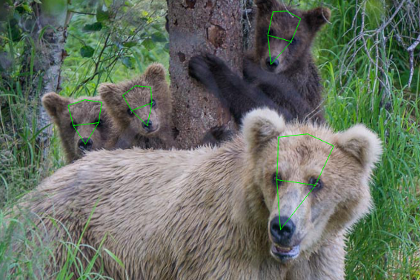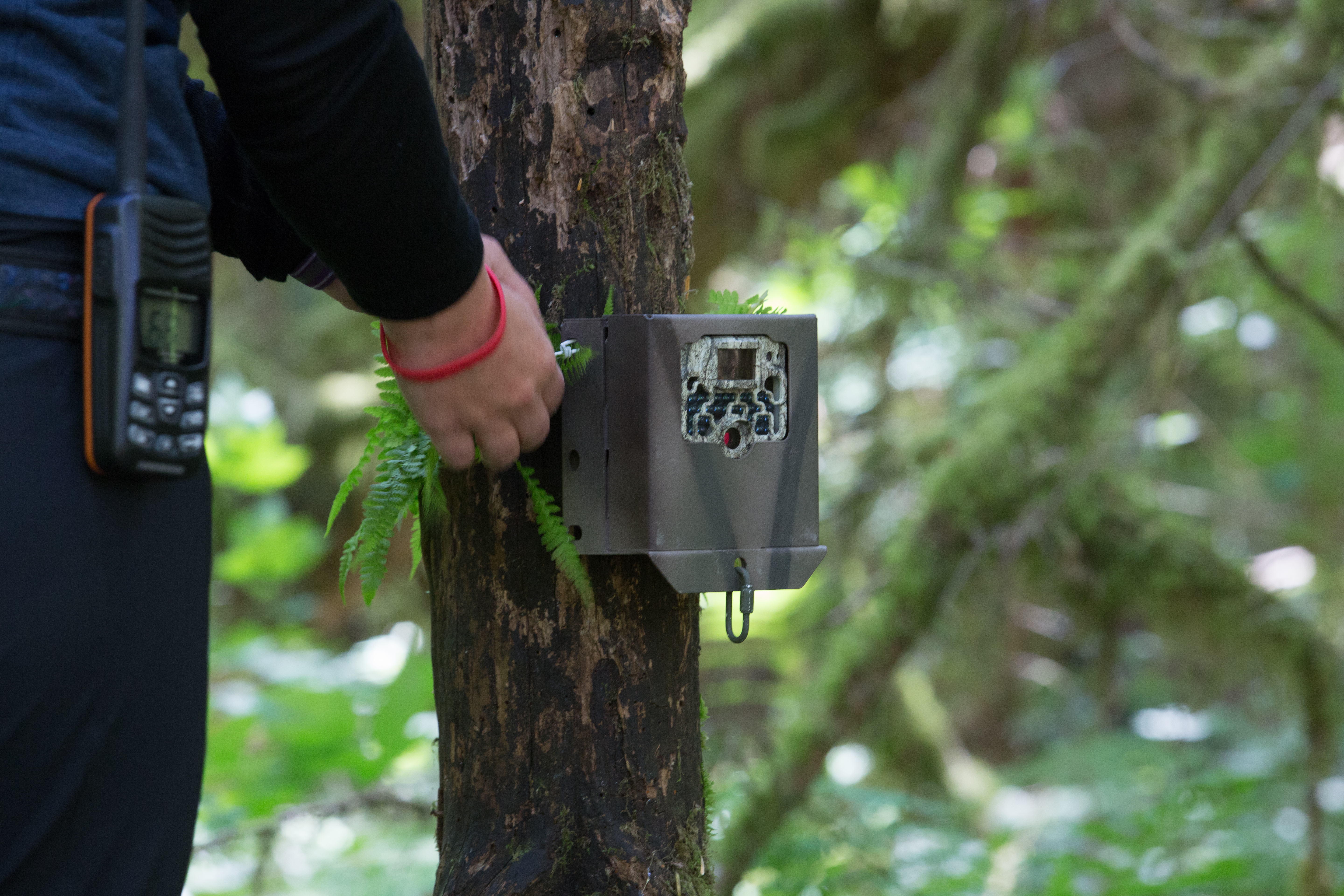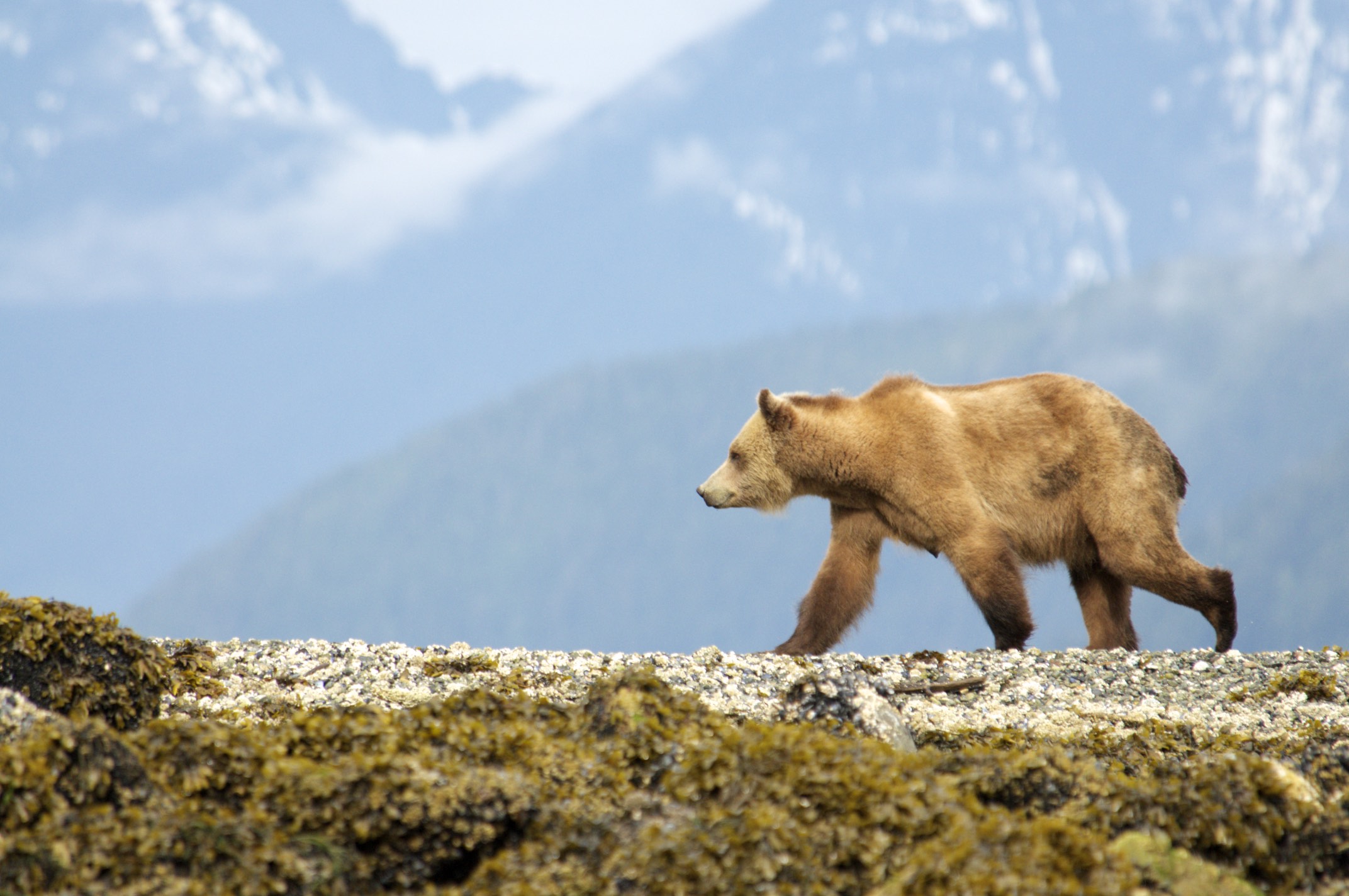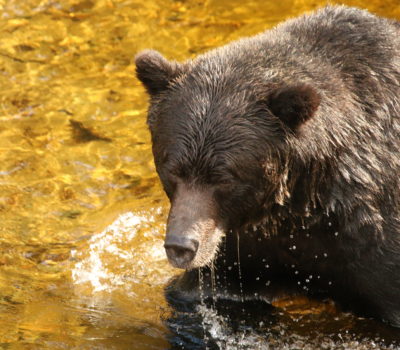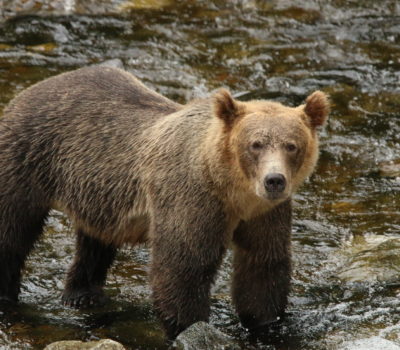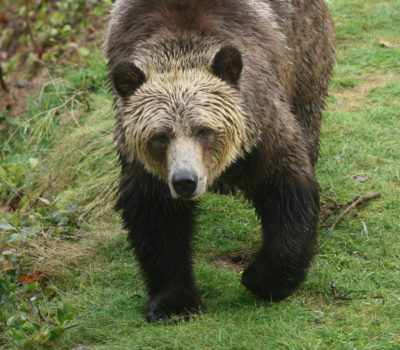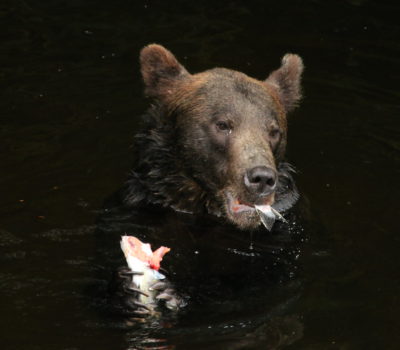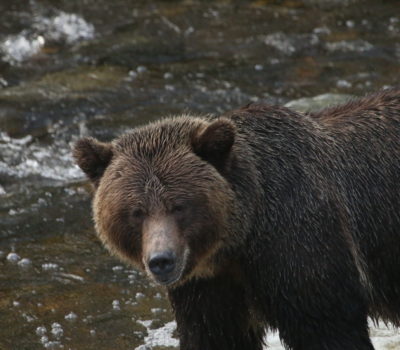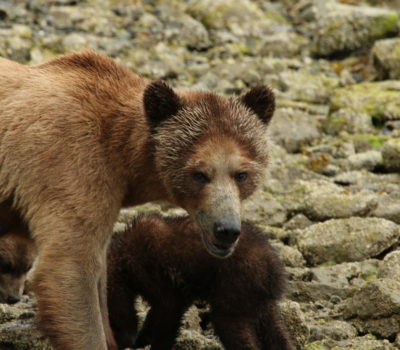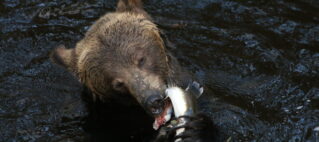
The Salmon Have Arrived!
BearID in the Field: Part 3 Fall has arrived in our study area and with it comes salmon, colder temperatures and different individual bears moving

Heading into Salmon Season
BearID in the field: part 2 It may only be July but the seasons are changing in the Great Bear Rainforest. With changing seasons comes
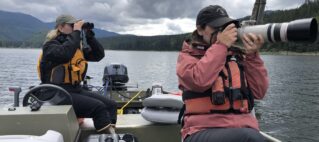
Back to the Field: Mating Bears and Damaged Cameras
BearID in the field: 2022 – Part 1 For our 2022 field season we are planning to do some regular updates from the field. This

